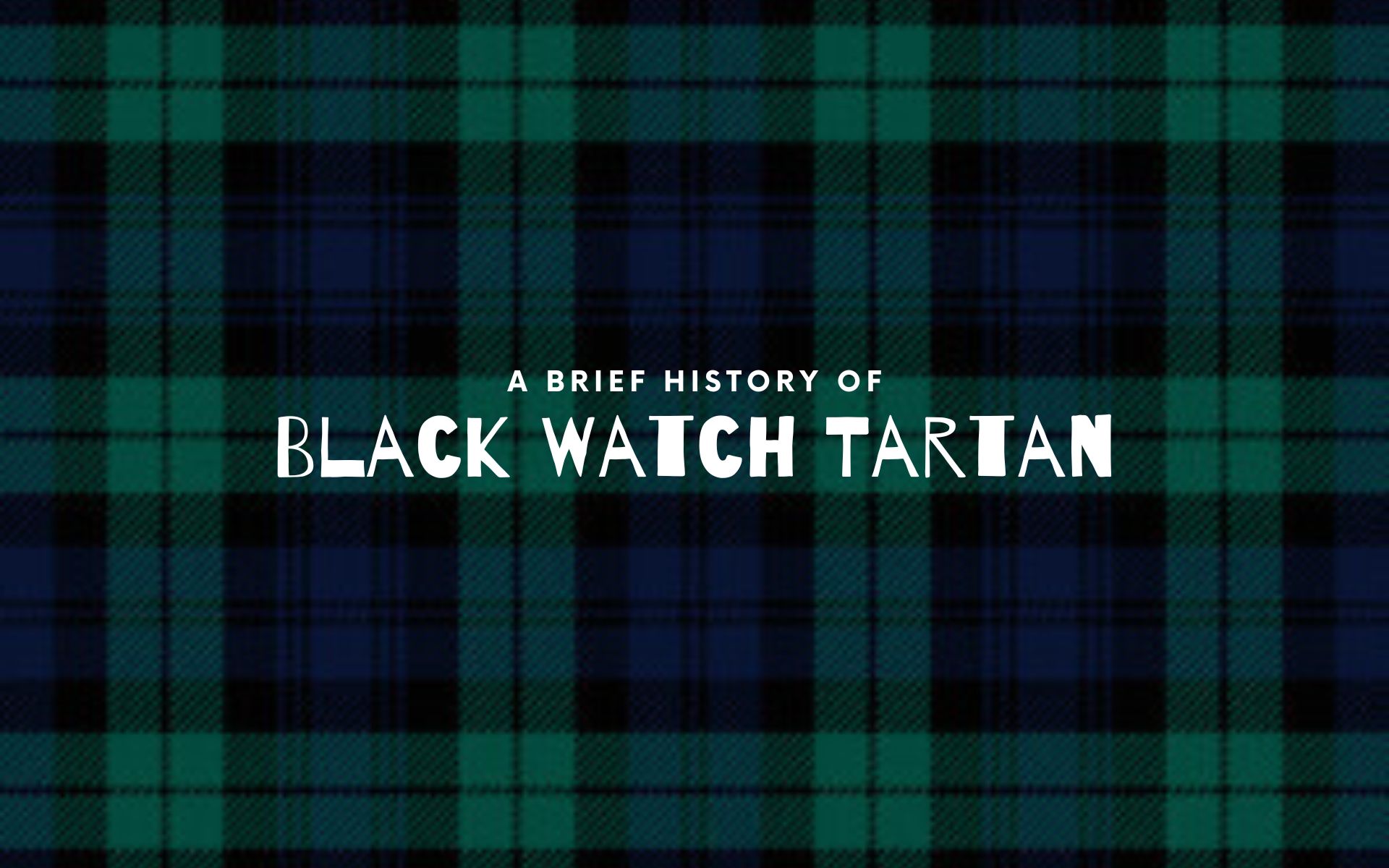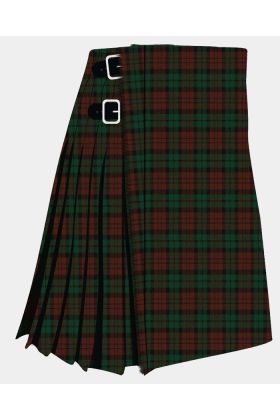Black Watch Tartan History;
A unique design of kilt known as the "Black Watch tartan" is connected to the Black Watch corps, a storied Scottish military force. Beginning in the 18th century, the Royal Highland Regiment, commonly known as the Black Watch, was established to help manage and police the Scottish Highlands. The tartan predominantly made up of blue, green, and black hues, is a classic and iconic illustration of Scottish tartan. Soldiers of the regiment and individuals worldwide who value its lengthy history and cultural significance continue to dress in the Black Watch tartan.
The Origins Of Tartan;
Scotland's tartan has a history that dates back to the late medieval era. Kilts and other clothing were initially made from tartan, a sort of woven fabric. In Scotland, particular locations or clans were frequently identified by their tartan patterns and colors. But it wasn't until the 18th century that tartan started to be connected to certain military battalions.
Origin Of Black Watch Tartan;
General George Wade, Commander-in-Chief in North Britain, suggested to King George I to form a "Watch" made up of six Impartial Companies in 1725, ten years following the Jacobite Rebellion of 1715. According to the advice, the "Watch" would patrol the Scottish Highlands, and the battalions' responsibilities would be to "disarm the Scots, prevent ravages, bring offenders to justice, and discourage rebels and dangerous individuals from residing in that portion of the country." Basically, maintaining tranquility inside the Highlands.
The Gaelic name for this new "Watch" was Am Freiceadan Dubh, which means "the gloomy" or "black watch."
Triple Companies were organized to constitute the "Watch," each led by a member of Clan Campbell (Campbell of Lochnell, Campbell of Carrick, and Campbell of Skipness), Clan Fraser of Lovat (Lord Lovat), Clan Grant (Col. William Grant of Ballindalloch), and Clan Munro (captained by Munro of Culcairn).
Meaning Behind The Colors And Patterns;
The symbolism and significance of the Black Watch tartan's colors and designs are firmly ingrained in Scottish culture and heritage. The tartan's blue and green colors stand for the highlands and the flats, respectively. As was stated earlier, the black depicts the platoon's dark-colored clothing. The tartan's various hues and patterns also have greater metaphorical significance, such as fidelity, bravery, and sturdiness.
Significant Role In British History;
A crucial part of British history was served by the Black Watch corps. The regiment took part in numerous conflicts throughout the Great War, the American Revolution, and the Seven Years' War. The Black Watch also took part in a variety of colonial wars, including as the Boer War, the Indian Mutiny, and World War I. The company was important in preserving Scottish culture and identity as well as keeping the peace in the Scottish Highlands.
Black Watch Tartan In Modern Times;
The Black Watch tartan continues to remain popular and worn today by individuals all over the world. Officers of the Black Watch corps and others who are aware of the tartan's deep cultural importance and history wear it. Numerous apparel and accessories designers have included the Black Watch tartan in their products as the pattern has grown in popularity.
Conclusion;
In conclusion a significant part of Scottish culture, the Black Watch Tartan has a long and illustrious history. The tartan, which was first featured on the uniform of the Black Watch regiment, has come to represent Scottish tradition and national pride. People from all over the world wear it today as a symbol of their Scottish heritage and ties to the Black Watch army. Contrary to its name, the Black Watch Tartan also includes blue, green, and red among other hues in addition to black. It is still worn and treasured today and is a significant element of Scotland's cultural history.



















Comments